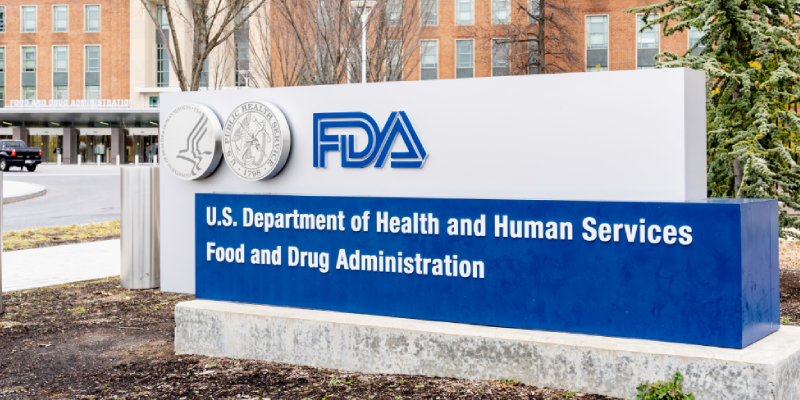
Here are the top stories covered by DocWire News this week in the Homepage section. In this week’s edition of the round-up: Increasing the kidney donor acceptance rate in the US could provide benefits to wait-list patients. Social networking sites like Facebook and Instagram cause stress that fuels social media addiction. Low 2018 vaccination rates across multiple metropolitan areas could cause large-scale measles outbreaks, and single-patient rooms are more conducive for preventing infections.
Low Kidney Acceptance in the US is a Problem
The findings of a new study suggest that higher acceptance of kidneys from deceased donors who are older and have more comorbidities could provide significant survival benefits to the population of United States (US) wait-listed patients. The study was published in JAMA Internal Medicine. To conduct this study, researchers appraised national registries from the US and France, respectively, to assemble cohorts comprised of all consecutive kidneys recovered for transplantation from donors who had died from brain or circulatory failure between January 2004 and December 2014. According to the results, the mean age of kidneys transplanted in the US was 36.51 years juxtaposed to 50.91 years in France. The researchers observed nominal change in kidney quality in the US over time. “The high discard rate of deceased donor kidneys is a major concern for the US transplant field,” the study authors wrote in their conclusion.
Social Networking Stress Breeds Social Media Addiction
According to a new study, social networking sites (SNS) such as Facebook and Instagram are causing what is known as “technostress” among their users. Rather than switching off from SNS, users are becoming more addicted to social media platforms. In this study, researchers assessed the online habits of 444 Facebook users using a three-wave survey panel. The panel was comprised of the following constructs: social overload, pattern, disclosure, uncertainty, complexity, and invasion. These constructs were captured at three different time intervals using three different surveys over the duration of one year. The results indicated that distraction within SNS is associated with SNS addiction. One of the study authors stated that: “We found that those users who had a greater social media habit- needed less effort to find another aspect of the platforms and were thus more likely to stay within the SNS rather than switch off when they needed to divert themselves.”
The Risk of Large-Scale Measles Outbreaks are Real
Low vaccination rates across multiple metropolitan areas in 2018 may lead to large-scale measles outbreaks, according to a new study published in JAMA Network Open. The study design was an agent-based analytical model, which is implemented to simulate the actions and interactions of a group that follow a set of rules. The study found that decreases in vaccination rates in schools with under vaccinated populations in 2018 were associated with exponential increases in the potential size of outbreaks: a 5% decrease in vaccination rate was associated with a 40% to 4000% increase in potential outbreak size, depending on the metropolitan area.
The Benefit of Single-Patient Rooms
The results of a new study published in JAMA Internal Medicine suggest that single-patient hospital rooms are more conducive for preventing multidrug-resistant organism transmission and health care related-infections. In this time-series analysis study, and the largest hospital move in Canadian history, researchers compared the rates of institution-level rates of new multidrug-resistant organism colonization and health care–associated infections both before and after the move from a 417-room hospital comprised of ward-type rooms to a 350-bed facility with 100% single-patient rooms. The study results showed that: “After the Royal Victoria Hospital moved to a new facility with exclusively single-patient rooms, we observed a notable and sustained decrease in the rates of new MRSA and VRE colonization and VRE infection, but not of CDI or MRSA infection,” the study authors wrote in their conclusion.







 © 2025 Mashup Media, LLC, a Formedics Property. All Rights Reserved.
© 2025 Mashup Media, LLC, a Formedics Property. All Rights Reserved.